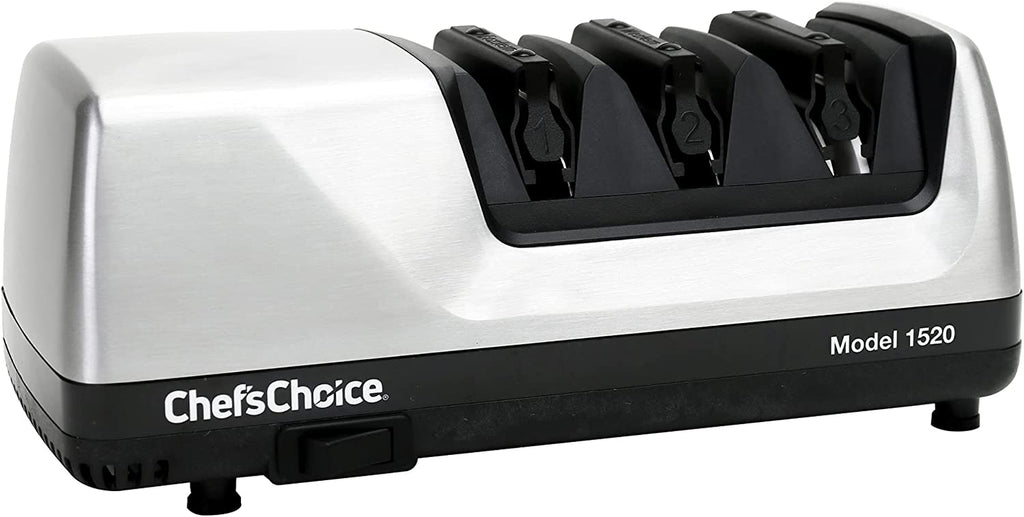Anyone who frequently uses razor knives knows the importance of maintaining a sharp and functional blade. A dull blade can not only be frustrating but also dangerous. Fortunately, changing the blade on a razor knife is a relatively simple task. Knowing how to change the blade on a razor knife is a crucial skill for both kitchen professionals and DIY enthusiasts.

Understanding Your Razor Knife
Before diving into the step-by-step process, its essential to understand the type of razor knife you have. There are mainly two types: utility knives and hobby knives. Both types often feature replaceable blades, but their mechanisms for changing blades may differ.
Types of Razor Knives
- Utility Knives: Commonly used in various professional settings, including kitchens, these knives are great for cutting through packaging, ropes, and other materials. They typically have retractable or folding blades.
- Hobby Knives: Smaller and more manageable, these knives are often used for precision tasks like crafting and intricate cutting jobs.
Knowing your knife type will help in following the specific procedure for changing its blade.

Necessary Tools and Safety Precautions
Make sure you have the right tools before you begin. A new blade, a screwdriver (if necessary), and safety gloves are basic essentials. Safety should be your top priority. Always handle the knife carefully to avoid accidental cuts or injuries.
- Safety Gloves: Gloves provide an extra layer of protection for your hands.
- A Flat Surface: Perform the blade change on a flat, stable surface to prevent the knife from slipping.

Step-by-Step Guide to Changing the Blade
Heres a comprehensive guide on how to change the blade on a razor knife:
Step 1: Open the Knife
If your knife has a retractable blade, extend it fully. For folding knives, carefully open the blade to its full length.
Step 2: Remove the Old Blade
Most utility knives have a release button or a locking mechanism. Press the release button or unlock the mechanism to free the old blade. Carefully slide out the old blade and dispose of it safely.
Step 3: Insert the New Blade
Take the new blade and align it with the knifes slots. Slide it into place until it clicks or locks into position. Ensure the blade is secure before use.
Step 4: Close or Retract the Knife
Once the new blade is in place, retract or fold the knife back to its original state. Double-check to ensure the blade is fully secured.
Maintenance Tips for Your Razor Knife
Maintaining your razor knife can prolong its life and ensure it remains functional. Here are some maintenance tips:
- Regular Cleaning: Wipe down the knife with a damp cloth to remove any debris.
- Blade Inspection: Regularly check the blade for any signs of wear and tear. Replace it as needed.
- Lubrication: Apply a small amount of oil to the blades pivot points to ensure smooth operation.
Additional Resources
For more in-depth information, you can visit Popular Mechanics and check out these useful resources from our blog:
FAQs
How often should I change the blade on my razor knife?
The frequency depends on how often you use the knife and what materials you cut. Inspect the blade regularly and change it when it becomes dull or shows signs of wear.
Can I sharpen the blade on a razor knife?
While its possible to sharpen some types of blades, its often more practical and safe to replace them with new ones.
What should I do with the old blade?
Dispose of the old blade properly by wrapping it in heavy-duty tape or using a blade disposal unit to prevent accidental injuries.
As an Amazon Associate, I earn from qualifying purchases.


























